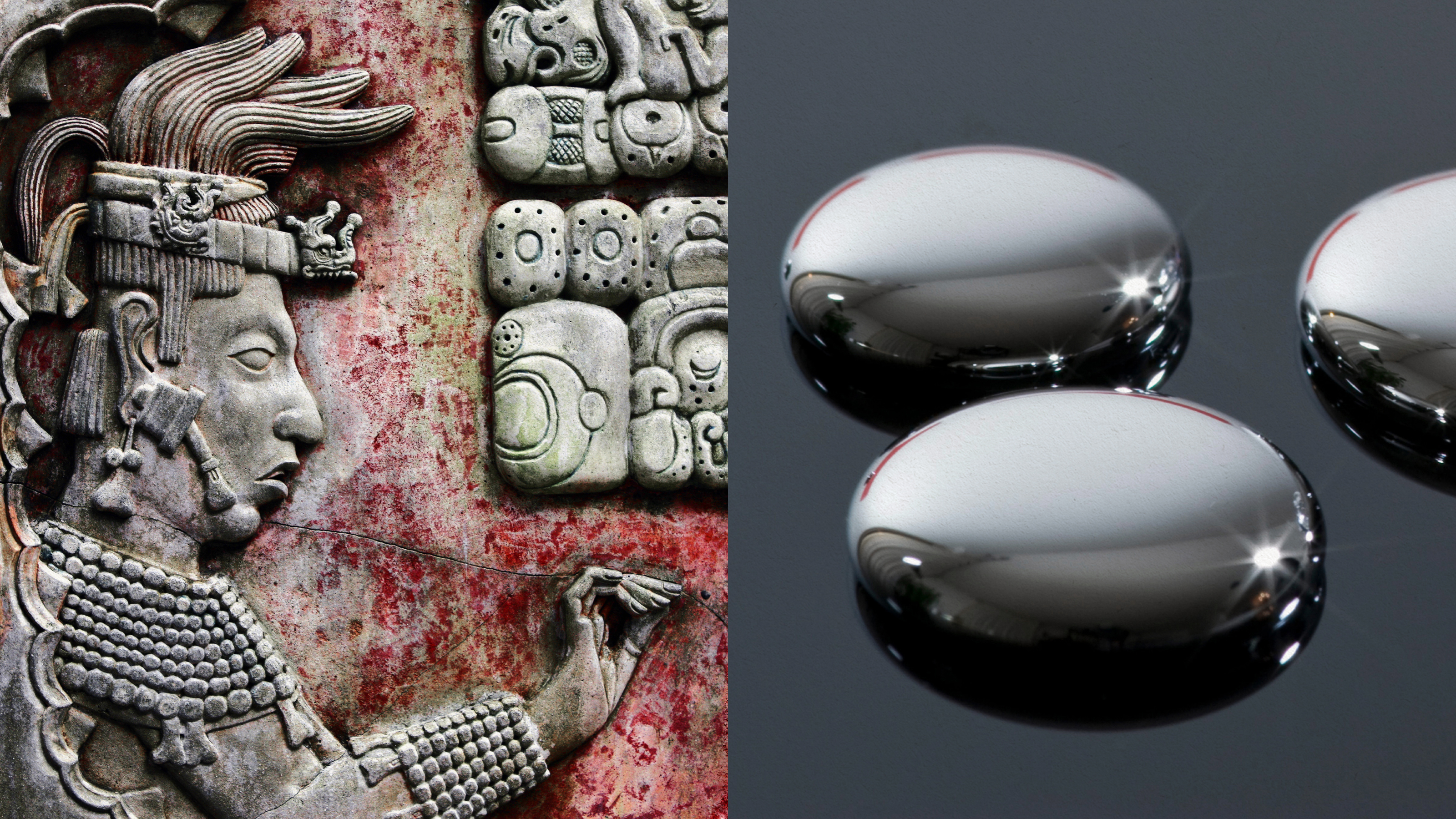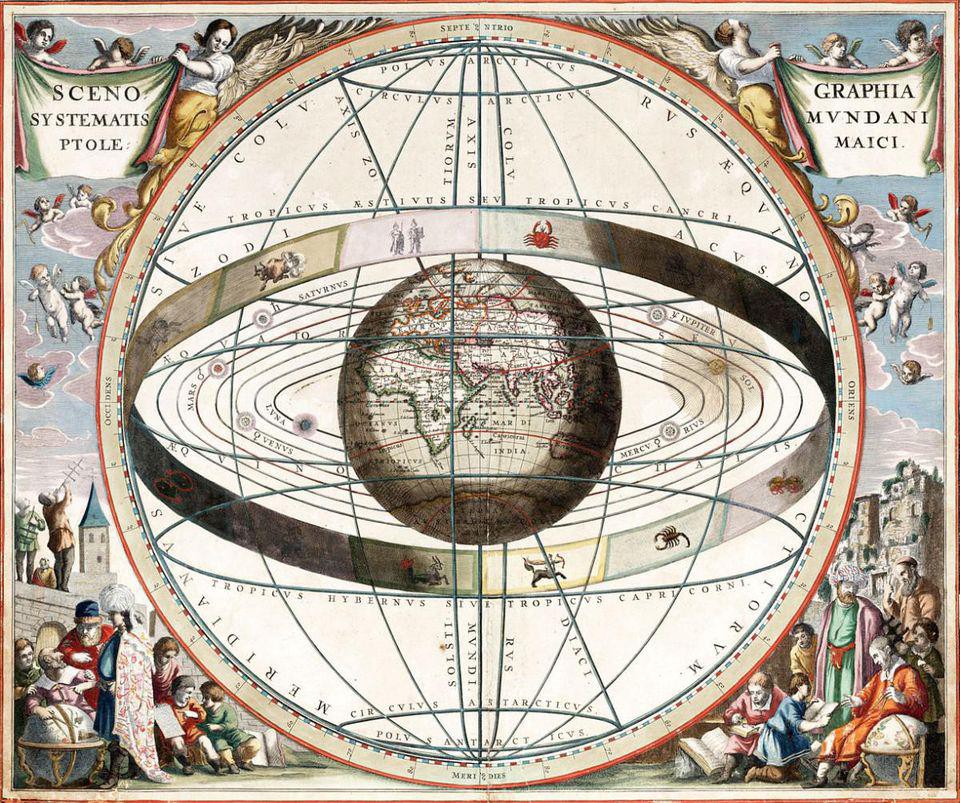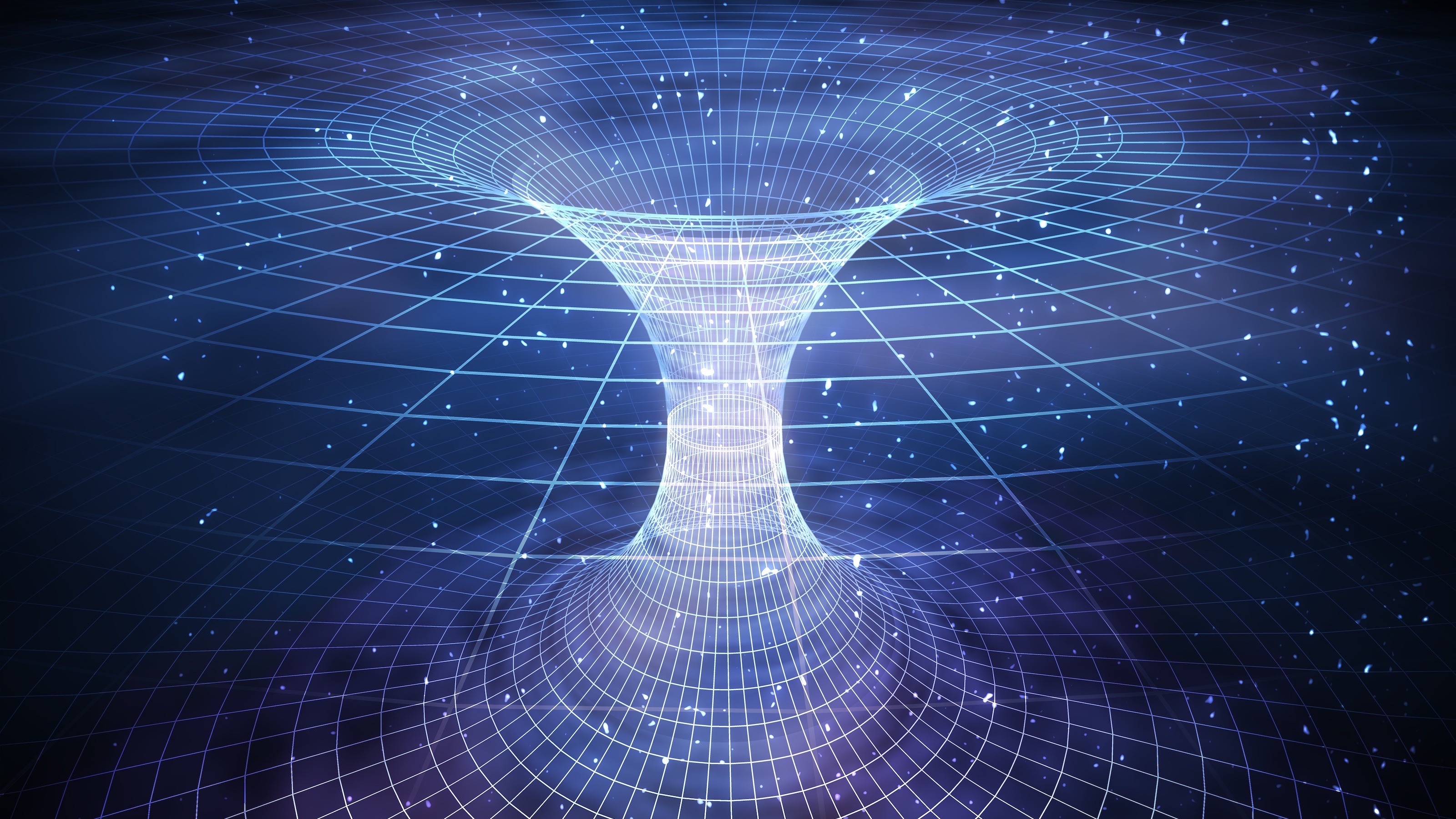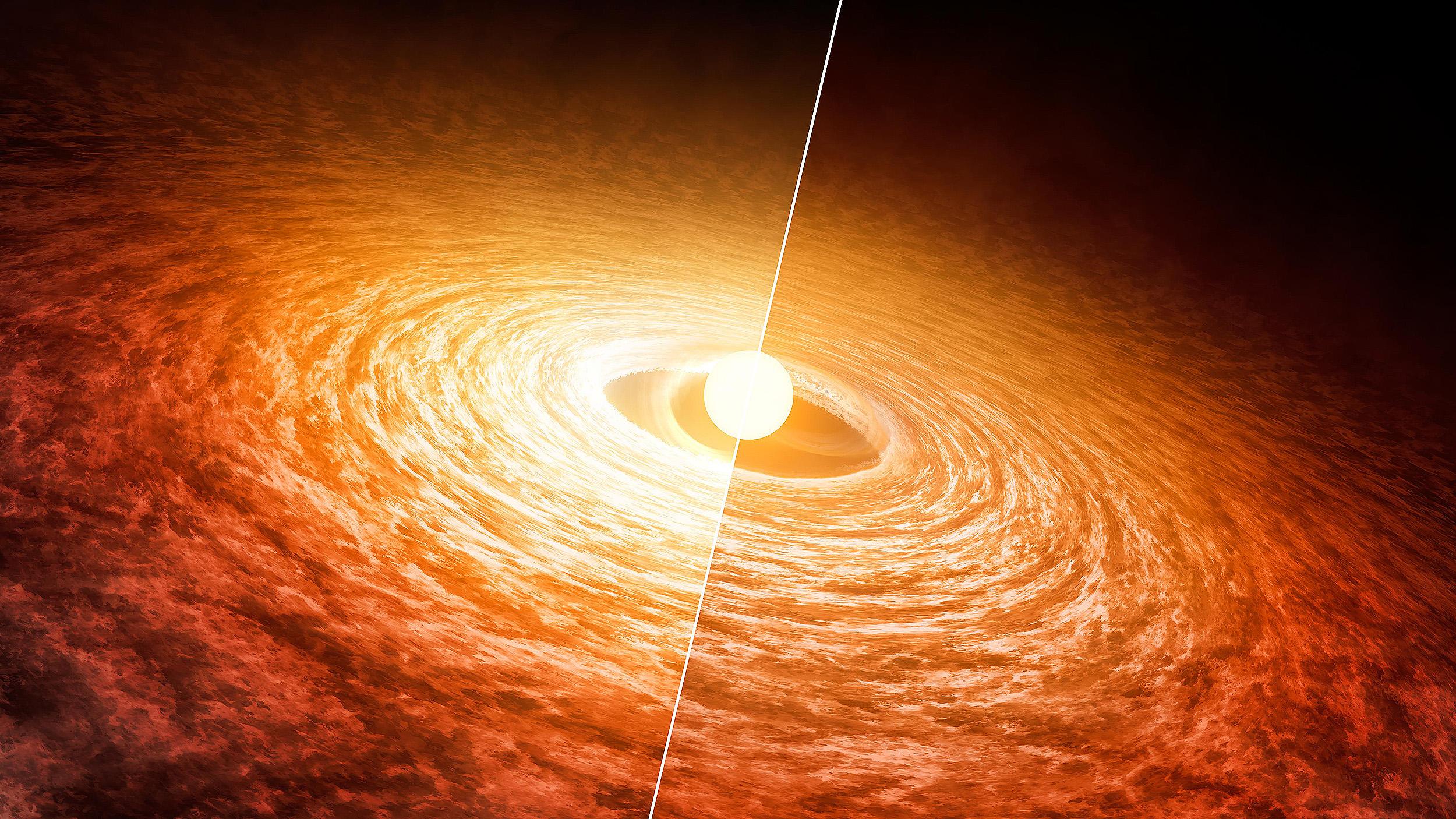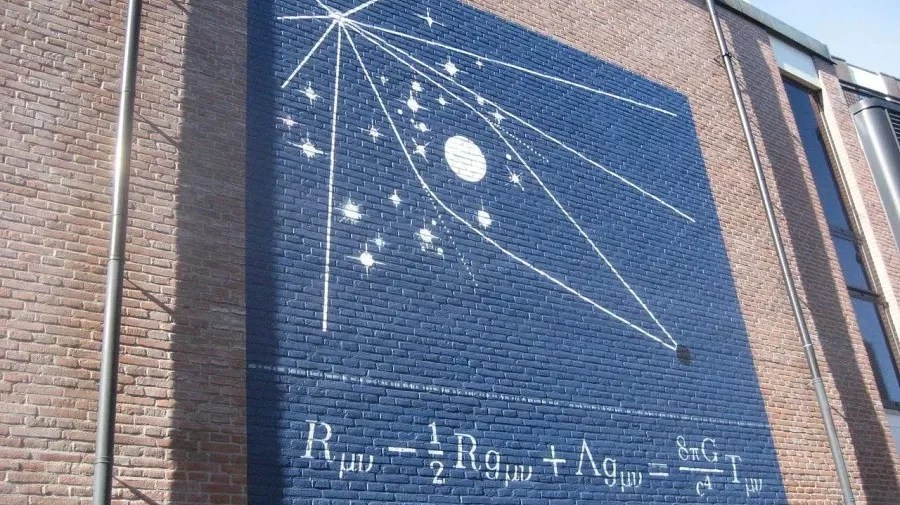From the coldest planets to spacecraft that have exited the Solar System, these little-known facts stump even many professional astronomers.
Search Results
You searched for: Mercury
From size to mass to density and more, each world in our Solar System is unique. When we compare them, the results are truly shocking.
Today, many Maya sites are polluted with toxic levels of mercury. The contamination likely originated from cinnabar paints and art.
Perhaps we should be searching for “other Mercurys” rather than “other Earths.”
Many mavericks look to Einstein as a unique figure, whose lone genius revolutionized the Universe. The big problem? It isn’t true.
For now, our Solar System’s eight planets are all safe, and relatively stable. Billions of years from now, everything will be different.
They’re the most common type of exoplanet known today, and many astronomers have called them “super-habitable.” None of that is true.
It would get rid of our hazardous, radioactive, and pollutive waste for good, but physics tells us it’s a losing strategy for elimination.
No planet enters retrograde more frequently than Mercury, which does so 3-4 times each year. Here’s the scientific explanation for why.
Leading a scientific revolution is easy: you just have to succeed where the current theory fails while equaling its successes. Good luck!
Until the Apollo missions, we had no idea how the moon got here, just a series of educated guesses. They rewrote the story of the moon’s origins.
Mercury, Venus, and Mars are all uni-plate planets, and may always have been. Here’s what’s known about why Earth, uniquely, has plate tectonics.
Einstein’s “happiest thought” led to General Relativity’s formulation. Would a different profound insight have led us forever astray?
Out of the four rocky planets in our Solar System, only Earth presently has plate tectonics. But billions of years ago, Venus had them, too.
Mars, the red planet, was a world we knew almost nothing about until our first spacecraft visited it. In just ~50 years, how far we’ve come!
Due to a crust of carbon, the absence of oxygen, and constant bombardment from meteorites, the planet Mercury may be littered with diamonds.
Analog could serve as “always-on” computing, while digital is turned on only when necessary.
Even at its faintest, Venus always outshines every other star and planet that’s visible from Earth, and then some!
Newborn stars are surrounded only by a featureless disk. Debris disks persist for hundreds of millions of years. So when do planets form?
Although many of Einstein’s papers revolutionized physics, there’s one Einsteinian advance, generally, that towers over all the rest.
In our Solar System, even the two brightest planets frequently align in our skies. But only rarely is it spectacularly visible from Earth.
“Imagination is more important than knowledge” is often taken to mean that your conceptions outweigh what’s real. That’s not what he said.
Is gravity weaker over distances of billions of light-years?
Despite being the closest planet to the Sun, Mercury “only” reaches 800 °F at its hottest. Venus is always hotter, even at night.
Do you think you know the Solar System? Here’s a fact about each planet that might surprise you when you see it!
The TRAPPIST-1 system is a treasure trove of possibilities and questions. Observations by JWST have just begun.
Using peach and eggplant emojis as shorthand for sex may seem like a new thing, but Renaissance artists were experts at using produce to imply intercourse.

